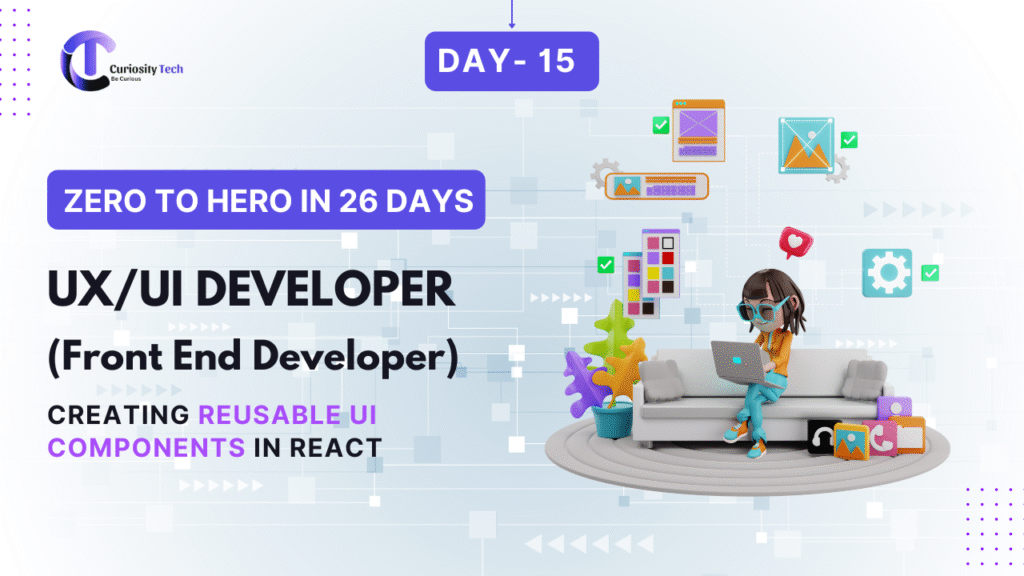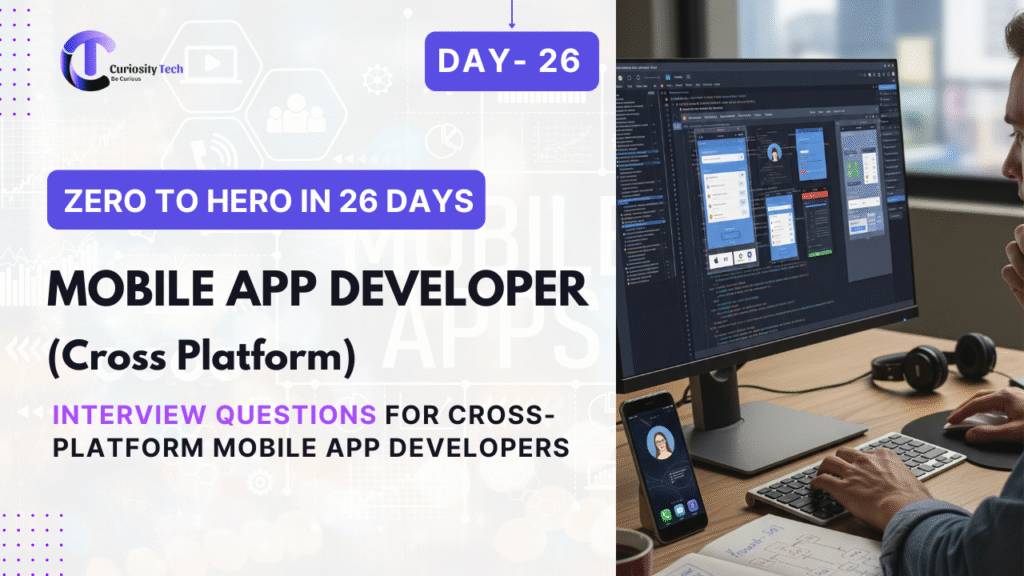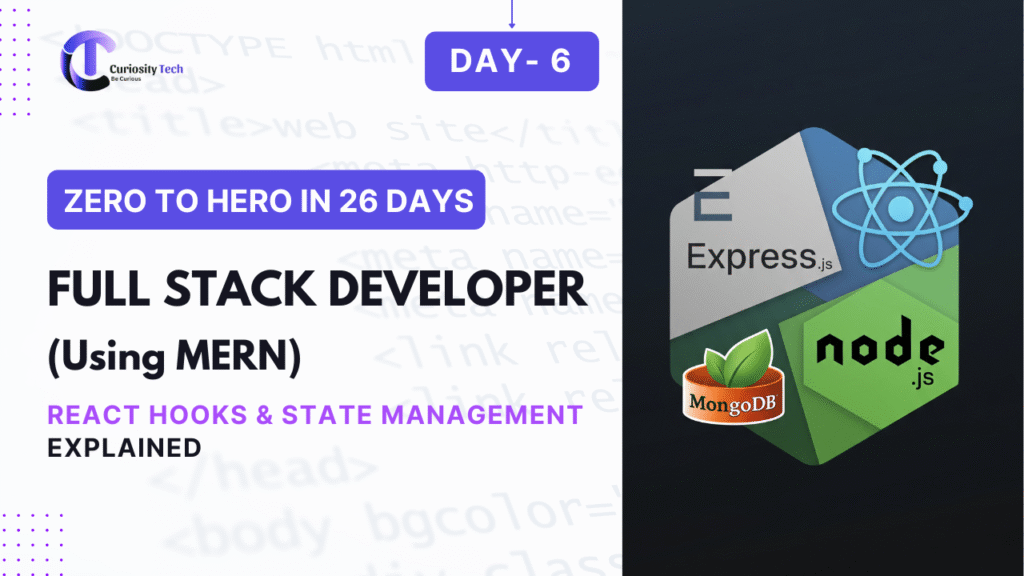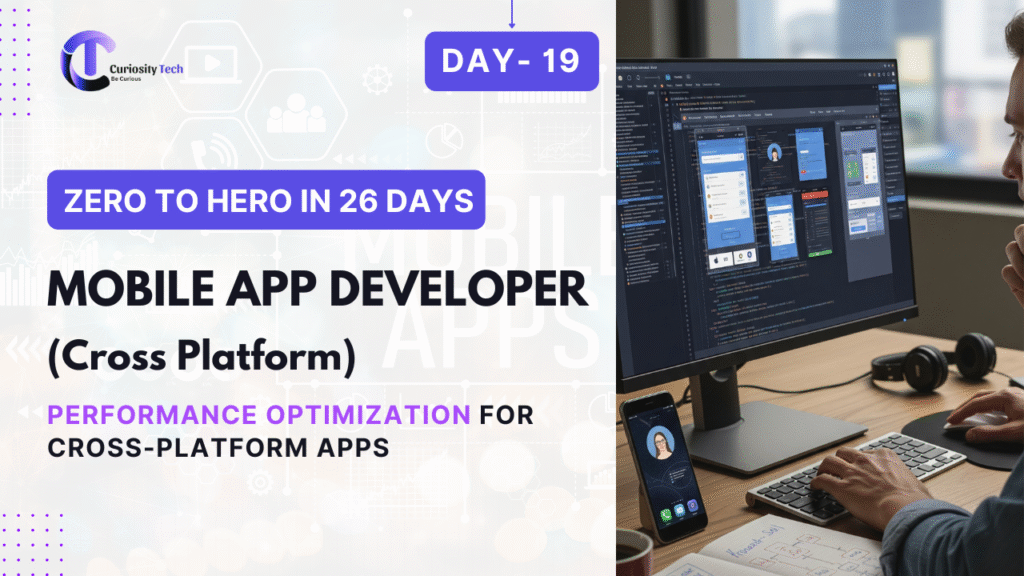Day 15 – State Management in React: Hooks & Context API
Managing state in React applications is often the backbone of a smooth and interactive user experience. Whether you are building a small landing page or a large-scale enterprise application, understanding state management is critical for maintaining predictable behavior and clean code architecture. In this blog, we’ll dive deep into Hooks, Context API, and how they […]
Day 15 – State Management in React: Hooks & Context API Read More »




